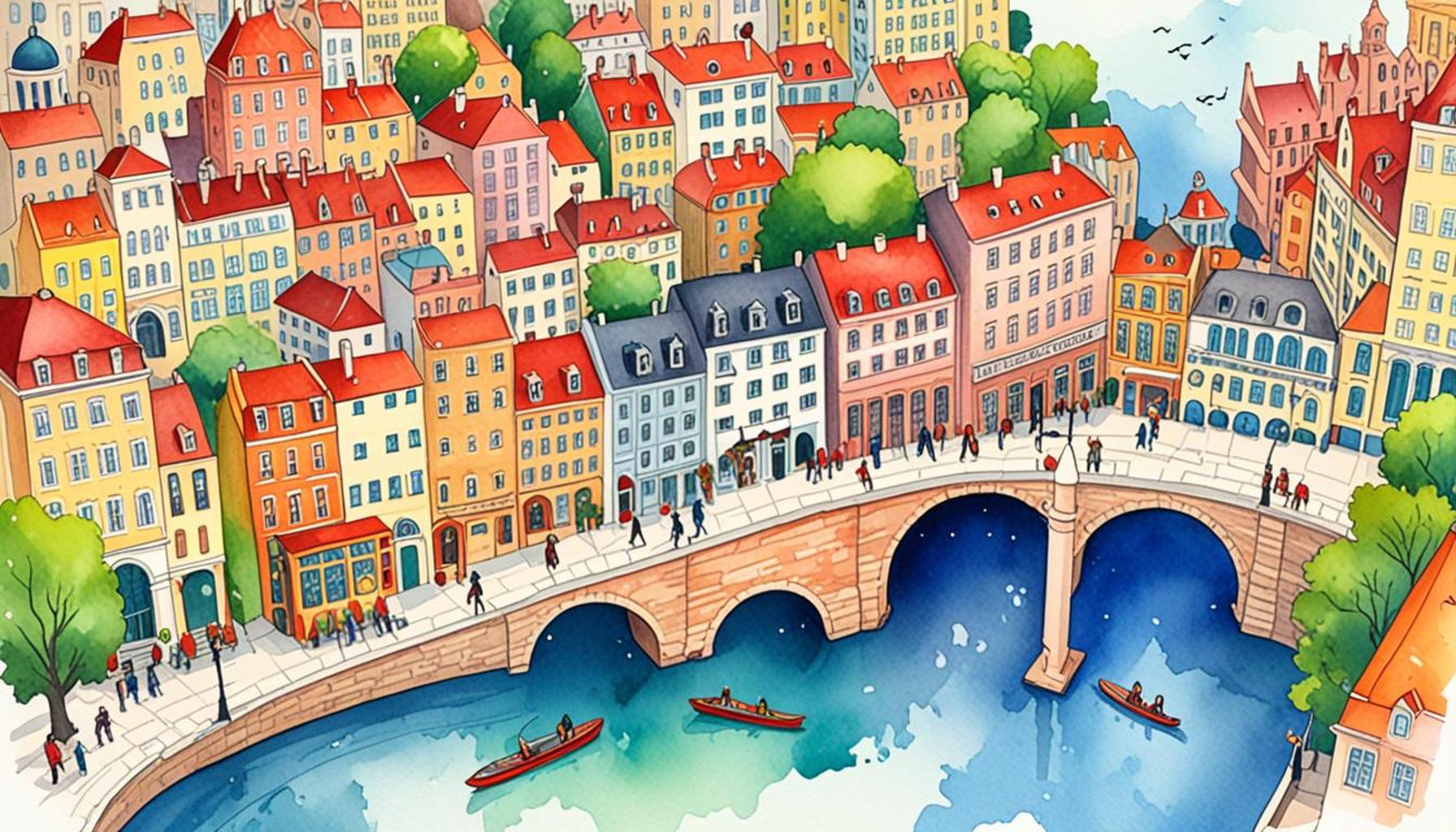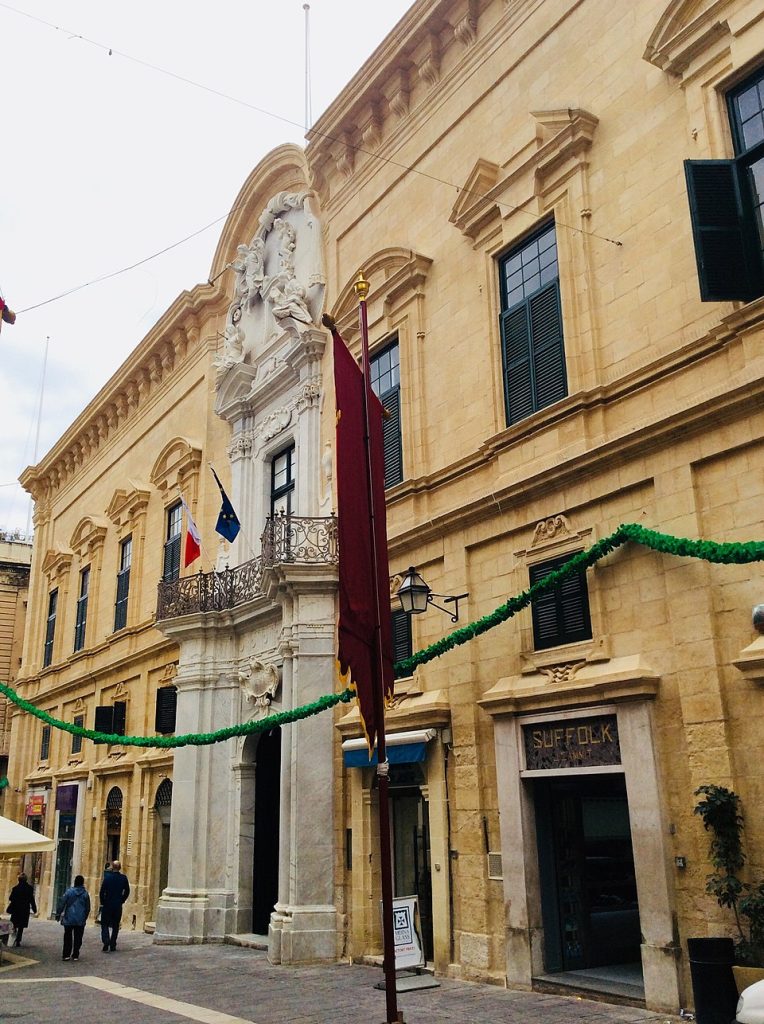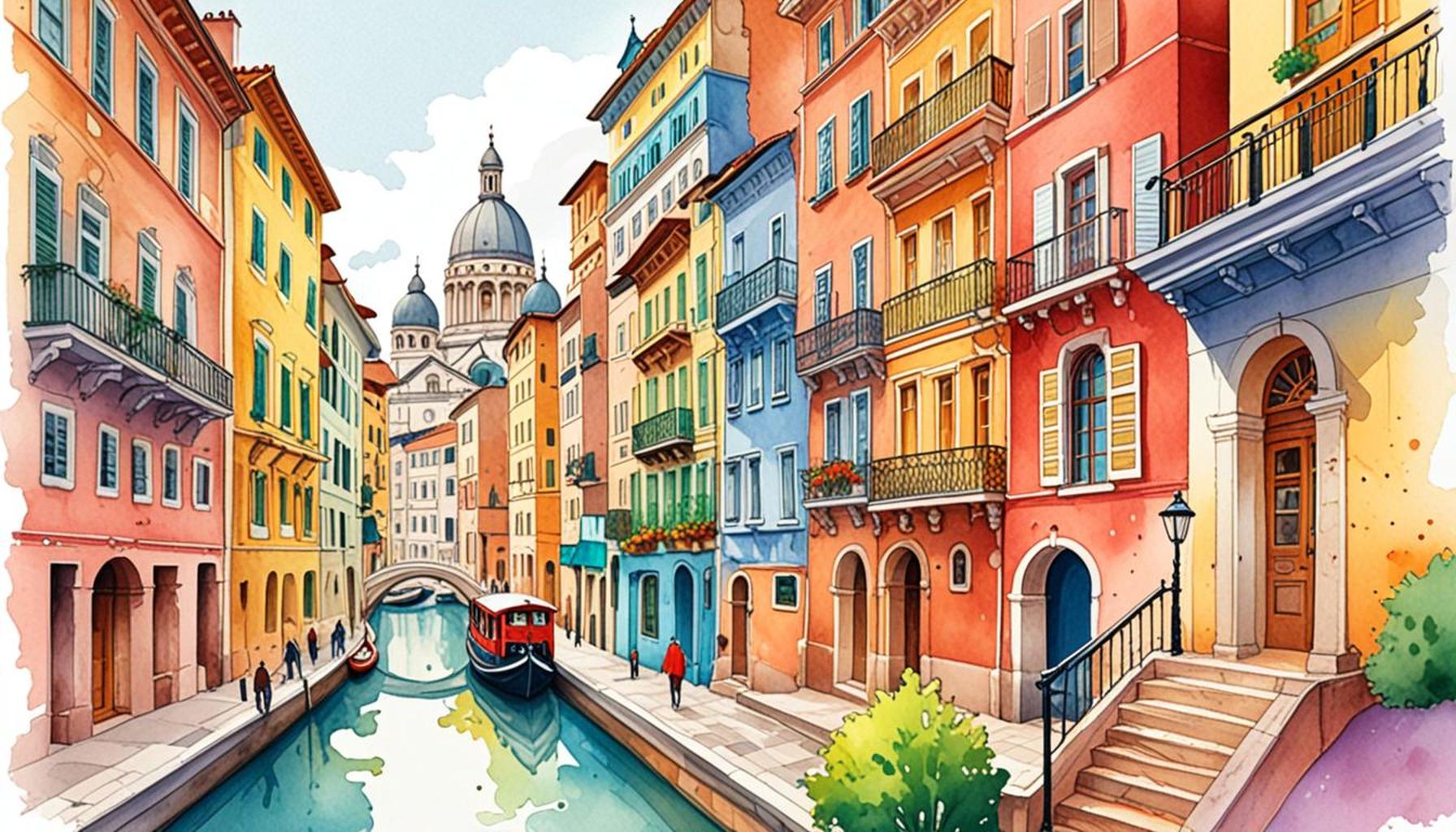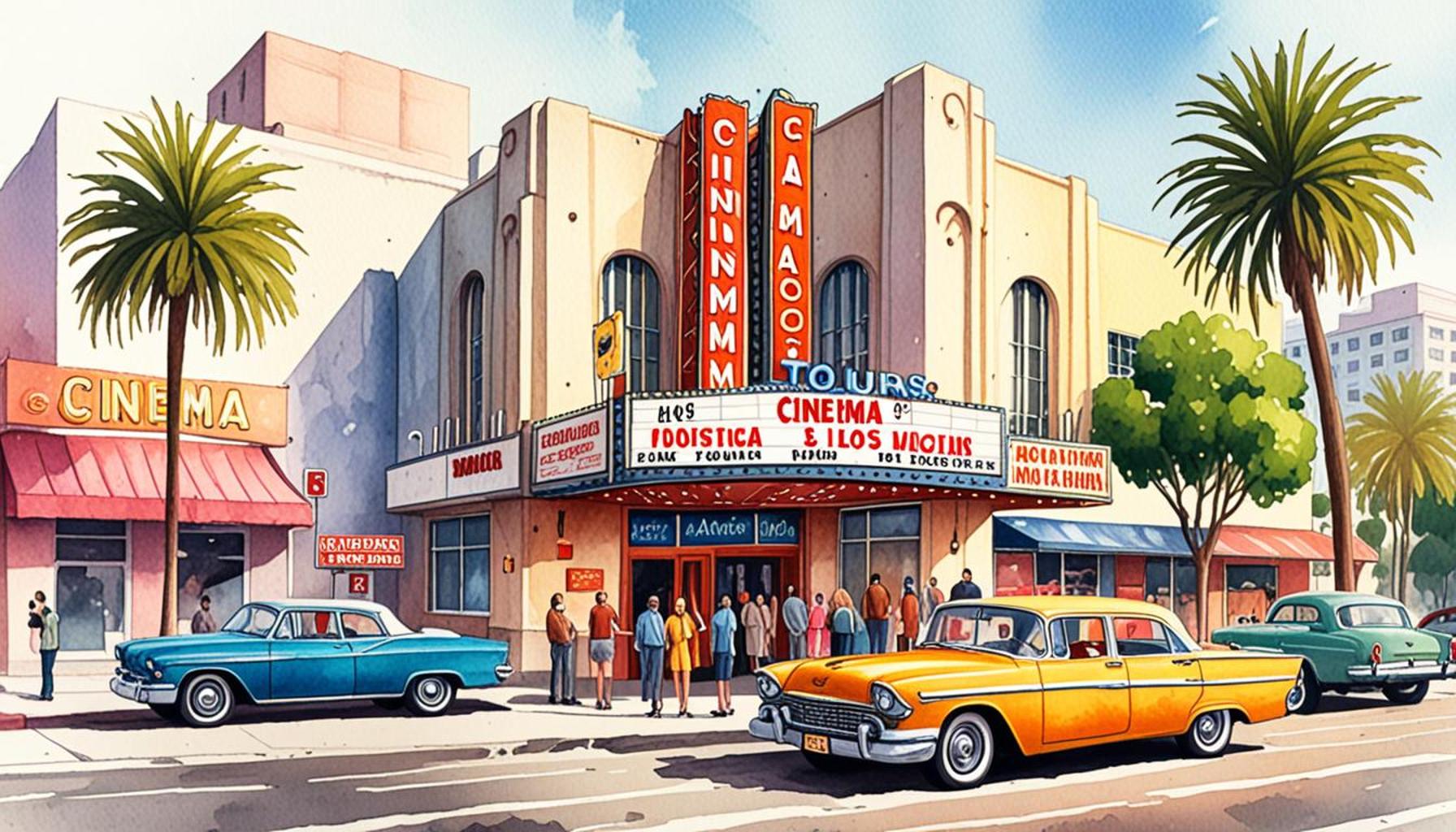Paths of Literature: Itineraries that Celebrate Authors and Works in Historical Cities

Walking Through Literary History
Strolling through the streets of a city can evoke the feeling of wandering within the pages of a book, where each twist and turn unravels tales woven by the lives of famous authors and their literary creations. Literary itineraries serve as portals into this enchanting realm, offering not just a glimpse into the lives of celebrated writers but also insights into the cities that molded their stories and ideas. These pathways act as bridges connecting readers to the inspirations that sparked timeless narratives.
As we traverse these literary landscapes, we illuminate the rich artistic contributions of authors while simultaneously gaining a deeper understanding of the historical contexts that influenced their works. The exploration of specific cities highlights the ways in which place can profoundly affect storytelling. Let’s delve into a few notable cities that host remarkable literary trails:
- Paris, France: Known as a mecca for expatriate writers during the early 20th century, Paris attracted luminaries like Ernest Hemingway and F. Scott Fitzgerald, who drew inspiration from its vibrant cafes and bustling streets. Walking along the banks of the Seine, visitors can find the famous Shakespeare and Company bookstore, where many writers gathered to exchange ideas and dreams. Here, the artistic and bohemian spirit of the city permeates every corner, making it a living gallery of literary history.
- Salem, Massachusetts: Steeped in mystery and intrigue, Salem is infamous for both the witch trials of 1692 and the literary contributions of Nathaniel Hawthorne. As visitors explore the cobblestone streets, they can visit the House of the Seven Gables, which inspired Hawthorne’s novel of the same name. The town’s history is palpable, and one can imagine how its eerie atmosphere informed the themes of guilt and morality prevalent in Hawthorne’s work.
- New Orleans, Louisiana: This vibrant city serves as a rich backdrop for the works of authors such as Tennessee Williams and Anne Rice. The lively culture, jazz music, and unique architecture breathe life into stories that often explore the complexity of human emotions. Walk through the French Quarter, where Williams found inspiration for his characters and plots, and revel in the spirits of the past that linger in the air, adding layers of depth to the narratives that emerge from this storied city.
These literary journeys deepen our appreciation for the narratives we hold dear, simultaneously revealing the historical significance of their settings. As we explore these cultural landscapes, we uncover the profound ways in which location influences literature, shedding light on the intricate relationship between geography and storytelling.
Join us on this captivating journey as we immerse ourselves in the paths of literature that celebrate not only authors but the cities that nurture their creativity. Discover how history intertwines with storytelling in locales that breathe life into beloved classics, and let each city’s tales inspire your own literary explorations.
DISCOVER MORE: Click here for budget-friendly family travel itineraries

Tracing the Footsteps of Literary Giants
Journeying through historically rich cities unveils a tapestry of literary paths that connect the past to the present. Each step taken on these itineraries is steeped in the essence of the authors who once inhabited these locales, allowing us to experience not only their stories but also the environments that shaped their voices and visions. By walking these streets, readers become participants in a rich, narrative exploration that deepens their appreciation for both the literary masterpieces and the cities entwined with them.
Exploring these literary landmarks reveals how settings influence storytelling and character development. Here are some notable cities that embody the spirit of literary exploration:
- London, England: This vibrant capital is a treasure trove for literature enthusiasts. From the classic works of Charles Dickens, whose characters roamed the foggy streets of the city, to Virginia Woolf’s musings inspired by Bloomsbury, London’s rich literary heritage can be felt around every corner. Visitors can trace a route through the British Museum, where authors often sought knowledge and inspiration, before wandering to the quarter that celebrates the famous poet, John Keats, at Keats House.
- Madrid, Spain: Renowned for its literary cafés and profound history, Madrid has inspired monumental authors, including Miguel de Cervantes and Federico García Lorca. The city’s bustling Mercado de San Miguel serves not only exquisite culinary delights but also a homage to Spanish writers who embraced its vibrant atmosphere. Strolling through the streets of the Literary Quarter, known as Las Letras, visitors can see plaques commemorating legendary writers and discover intimate bookstores preserving the literary legacy.
- Prague, Czech Republic: Enigmatic and beautiful, Prague’s cobblestone streets have inspired a host of writers, including Franz Kafka and Milan Kundera. As we navigate the Old Town Square, one can almost hear the echoes of their musings in the whispers of the Vltava River. The Kafka Museum offers a deep dive into the author’s psyche, while a walk through the historic Jewish Quarter reveals the struggles and triumphs that fuelled his writing.
Each of these cities offers a unique lens through which to view the interplay of geography and literature. As we step into the shoes of the writers who walked these paths, we unearth stories that transcend time and space, granting us access to their hearts and minds. Every building, street, and landmark resonates with their thoughts, experiences, and cultural reflections, encouraging us to ponder our own stories in relation to theirs.
As we navigate these literary paths, we celebrate the artists who have shaped our understanding of the human experience. With every visit to these historical cities, we gain invaluable insights that improve our literary journey and enrich our soul.
Exploring Literary Legacies Through Historical Cities
In the enchanting world of literature, intersections of time and place offer a unique backdrop to the narrative journeys of renowned authors. The concept of “Paths of Literature” not only provides insightful itineraries for literary enthusiasts but also amplifies the connection between great literary works and their historical contexts. Each itinerary crafted to celebrate various authors and their masterpieces encourages exploration into the locales that shaped their stories.Imagine walking the cobblestone streets of Paris, where a quaint café may have served as a refuge for Ernest Hemingway, or the atmospheric alleys of Edinburgh that inspired the works of Sir Walter Scott. The thematic trails available in this initiative allow travelers to delve into the lives of authors, providing context that enhances understanding and appreciation of their respective legacies.Furthermore, these itineraries serve another crucial purpose: they aim to preserve cultural heritage while promoting the literary tourism sector. As visitors traverse these historical cities, they not only enrich their own knowledge and experience but also contribute economically to local communities. Such a symbiotic relationship benefits not only cities that house literary treasures but also fosters a deeper appreciation among visitors.The mobility between literature and the history encapsulated in architecture and local traditions creates an immersive experience, engaging readers with tangible connections to the texts. Through curated maps, guided tours, and insightful narratives, travelers can better appreciate the literary canon that forms a bridge between past and present. This merging of paths not only pays homage to celebrated authors but invites aspiring writers and curious minds alike to explore the landscapes that fuel imagination.<?php// HTML Table for Advantagesecho '
| Advantages of Literary Itineraries | Description |
|---|---|
| Cultural Immersion | Deep dive into literary heritage connects readers with the author’s environment. |
| Economic Boost | Local businesses benefit from tourism increasing cultural preservation efforts. |
‘;?> As literature intertwines with the essence of historical cities, paths of exploration become adventures that promise both enlightenment and enjoyment.
DISCOVER MORE: Click here for budget-friendly family travel itineraries
Unearthing Literary Legacies
Literary itineraries unfold like a vast, interconnected web, weaving together the lives and works of authors who have left indelible marks on our cultural landscapes. Beyond just the places where they wrote, these routes encompass cafés, theaters, and homes that shaped their identities and aspirations. More cities around the globe have become focal points for literary pilgrims, inviting exploration into the stories behind the stories. Here are a few more cities that beckon the literary wanderer:
- Paris, France: Often referred to as the “City of Light,” Paris has been a magnet for writers from various generations. From the salons of Gertrude Stein, where the Lost Generation gathered, to the existential musings of Jean-Paul Sartre and Simone de Beauvoir, the city breathes creativity. A stroll along the Seine leads to the beloved Shakespeare and Company bookstore, a haven for English-speaking writers since 1919. A visit to Montparnasse Cemetery honors literary luminaries like Marcel Proust and André Gide, capturing the essence of artistic aspiration that flourished in the vibrant streets of Paris.
- Boston, Massachusetts: The birthplace of American literature, Boston is steeped in the narratives of great authors like Nathaniel Hawthorne and Louisa May Alcott. The city’s literary history is intimately tied to places such as the historic Beacon Hill and the Boston Public Library. The Freedom Trail offers a unique opportunity to walk through history, where visitors can learn about the literary movements that expressed the American spirit during formative years. Boston’s rich literary past can be explored through the Boston Athenaeum, founded in 1807, showcasing an impressive collection of manuscripts and texts that shaped American identity.
- Rome, Italy: Rome is not just a city of ancient ruins; it has also served as a backdrop for many famous authors, including John Keats and Percy Bysshe Shelley. The Keats-Shelley House in the Spanish Steps area is a testament to their revolutionary ideas and vibrant creativity. Visitors can indulge in literary history while enjoying the same views that inspired these poets. Furthermore, harnessing the allure of Rome’s literary scene, one can partake in readings and discussions hosted in numerous charming cafés dotted throughout the city, where modern writers continue to be inspired by their illustrious predecessors.
Each stop on these itineraries offers rich context to the literary works birthed from these cities, revealing how geography, culture, and history coalesce to create art that speaks to the human condition. Walking these streets illuminates the connection between locals and the literary greats who once strolled among them, offering insights into the worldviews and experiences that colored their narratives.
While exploring these literary landmarks, visitors can uncover layers of storytelling that reveal not only how authors expressed their times but also how their ideas resonate within the framework of our contemporary society. These journeys inspire contemplation, urging us to ponder how places, experiences, and histories intertwine to form our own stories.
As literary enthusiasts traverse these paths, they engage with the spirit of creativity, breathing new life into the vibrant dialogues initiated by the writers of yesteryear. Each itinerary serves as a passport to understanding the enduring impact of literature on our lives, affirming that every step taken in these historic cities is a step into the narrative of humanity itself.
DIVE DEEPER: Click here to discover more luxurious escapes
Embracing the Literary Journey
In the intricate tapestry of literature, the paths we tread through historical cities offer a unique portal into the lives of renowned authors and their timeless works. As we traverse the winding streets of places like Paris, Boston, and Rome, the stories of these literary figures unfold, allowing us to connect more deeply with their creations. Each city reveals its architectural wonders, cultural venues, and coffee-stained corners, echoing the thoughts that shaped literary histories and sparked creative revolutions.
These literary itineraries are not just about retracing footsteps; they are about immersing ourselves in a rich narrative that has evolved over centuries. They invite us to understand how geography intertwines with creativity, as well as how past experiences resonate with today’s societal landscapes. While tracing the lives of authors from Hawthorne’s Bostonian roots to Sartre’s Parisian café culture, we gain insight into their motivations and the historical contexts that shaped their perspectives.
As we embark on these journeys, we are encouraged to reflect on our own narratives and the influences that shape us. Whether one is a casual reader or a seasoned literary scholar, exploring these historic cities deepens our appreciation for the written word and its power to bridge past and present. Ultimately, these paths of literature highlight that every corner turned and every page read is an invitation to explore the shared dimensions of humanity, creativity, and the stories that unite us all.



